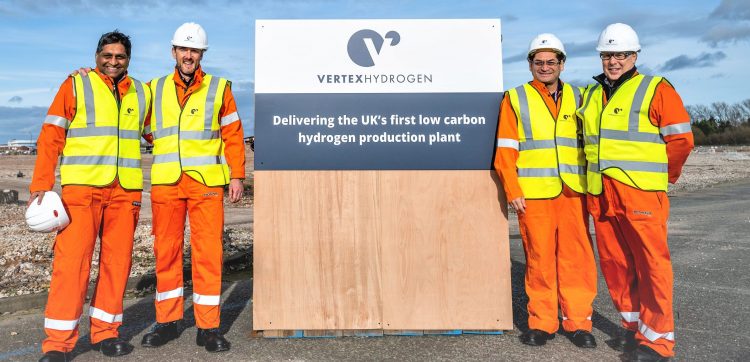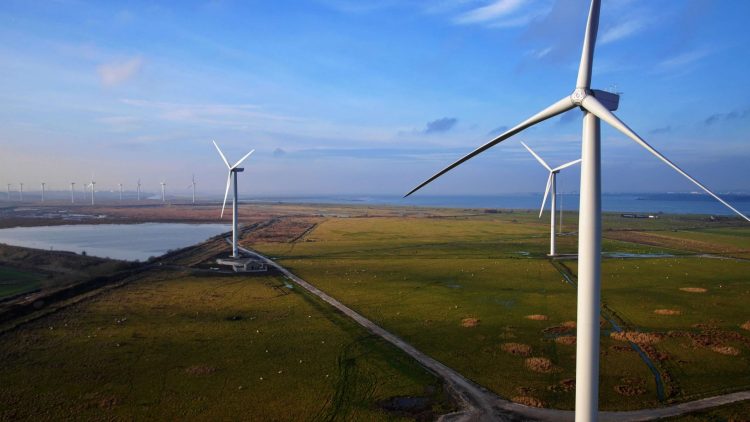A £2bn hydrogen hub on the Wirral peninsula wins backing from Government as it aims to be operational by 2026. Tony McDonough reports

A £2bn plan to build a £2bn hydrogen production and carbon capture facility close to the River Mersey has secured Government backing.
Located at the Essar Oil UK refinery at Stanlow in Ellesmere Port, the hub will be part of the multi-billion pound HyNet consortium which will eventually supply up to 1,000MW of hydrogen to industrial giants such as Pilkington and Tata Chemicals.
Vertex Hydrogen, a joint venture between Essar Oil UK and low carbon energy firm Progressive Energy, is leading the project. It had originally hoped to have the plant operational in 2025 but LBN reported this week it has now been pushed back to 2026.
Now Vertex will move to the next stage of bilateral negotiations with Government to secure funding to make the HPP1 plant a reality. It will produce 350MW of hydrogen.
Vertex is rapidly progressing a second plant (HPP2) for 700MW into front-end-engineering-design. This has today received support from the Net Zero Hydrogen Fund as part of its development.
Joe Seifert, chief executive of Vertex Hydrogen, said: “The industrial revolution that led the development of the modern world, was founded and nurtured by the people and natural resources of the North West.
“Now the same region will lead this emerging low carbon hydrogen industry as a world leader in the race to NetZero. The news is great for the environment and great for the regional economy.”
The UK Government has made hydrogen a critical part of its push towards net zero carbon. However, initially the hydrogen will be produced by burning methane gas – a major cause of carbon emissions and a contributor to climate change. This is known as ‘blue hydrogen’.
HyNet’s plan is to invest in carbon capture and storage (CCS). Once captured the carbon will be piped to depleted gas fields under Liverpool Bay where it will be stored indefinitely.
CCS is a controversial technology. For the process to be viable it has to successfully capture and store between 90% and 95% of the carbon. This has never been achieved on the scale proposed by HyNet anywhere in the world.
HyNet says it is future-proofing the infrastructure to eventually pivot towards ‘green hydrogen’. This is a carbon-free way of producing hydrogen by running water through what is called an electrolyser powered by renewable energy such as wind or solar.

However, there is currently nowhere near enough renewables capacity in the UK to produce green hydrogen at scale. Supporters of blue hydrogen say it is a viable bridge to green but opponents claim it is just a way of prolonging the use of fossil fuels.
HyNet is investing in a number of smaller scale green hydrogen projects. It will utilise electricity from the Frodsham Wind Farm close to the Mersey Estuary.
Although the main focus of the project will be to supply industrial users of hydrogen, HyNet is also participating in a two-year pilot to heat homes in Whitby, a village in Ellesmere Port, using hydrogen. This is being led by HyNet partner Cadent, the UK’s biggest operator of gas distribution networks.
Under the original plan, all 2,000 homes in the village would have been forced to have hydrogen boilers installed. However, earlier this week, Cadent performed a u-turn and said those households that wanted to opt-out of the scheme could do so.

